
 |
Eager Space | Videos by Alpha | Videos by Date | All Video Text | Support | Community | About |
|---|

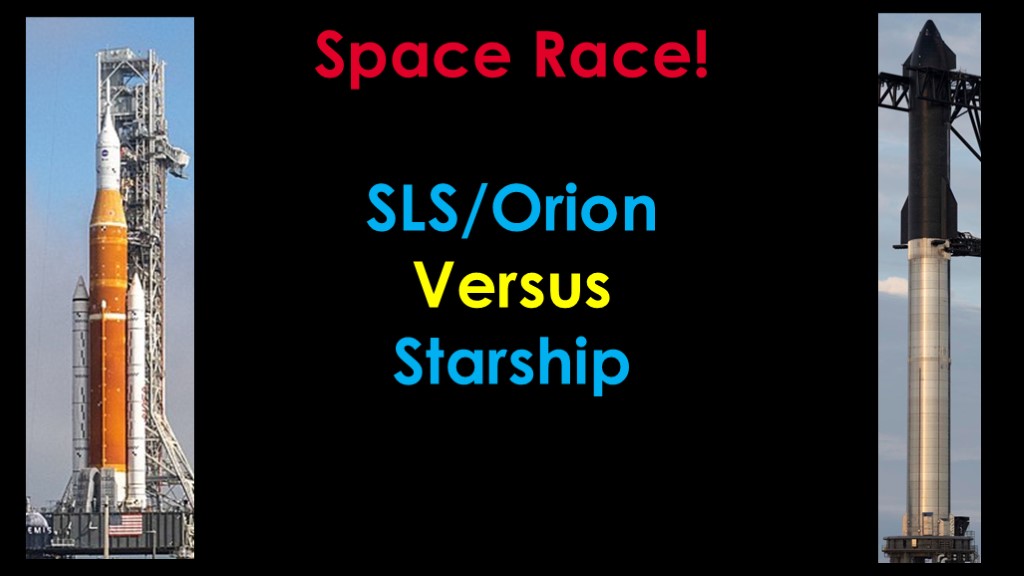
As we move towards the first flights of SLS/Orion and Starship, I've been seeing articles talking about the space race between them...
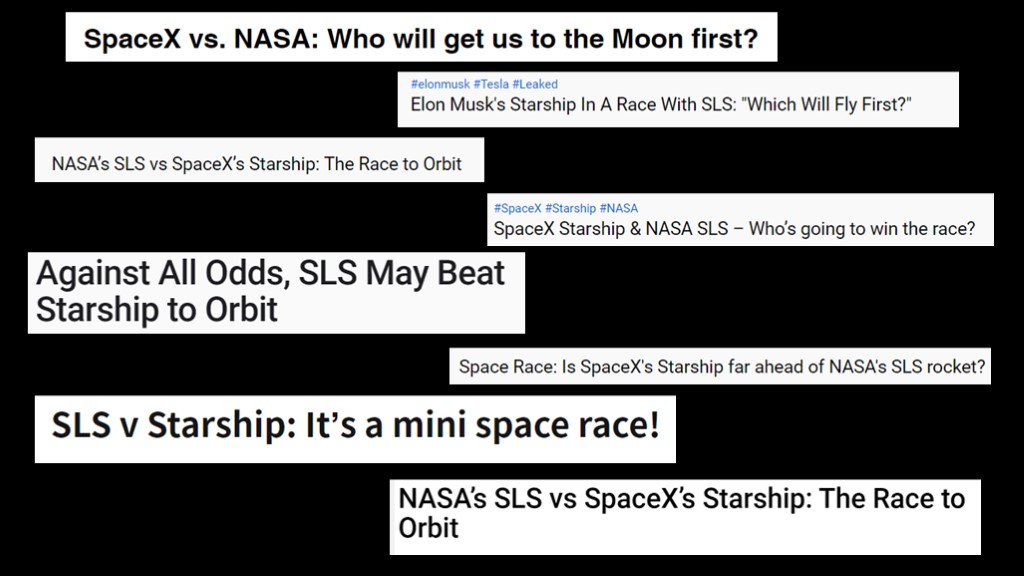
This has me confused.

Is this actually a race?
Referencing a dictionary, in this context a race is an attempt to be the first to do or to get something.
Inherent in this definition is that there is a goal that both contestants are working towards. But that's simply not true; the goal of Artemis I is to launch Orion on a lunar test mission, and the goal of starship is to test reentry and launch some starlink 2 satellites.
Not the same goal, not a race.
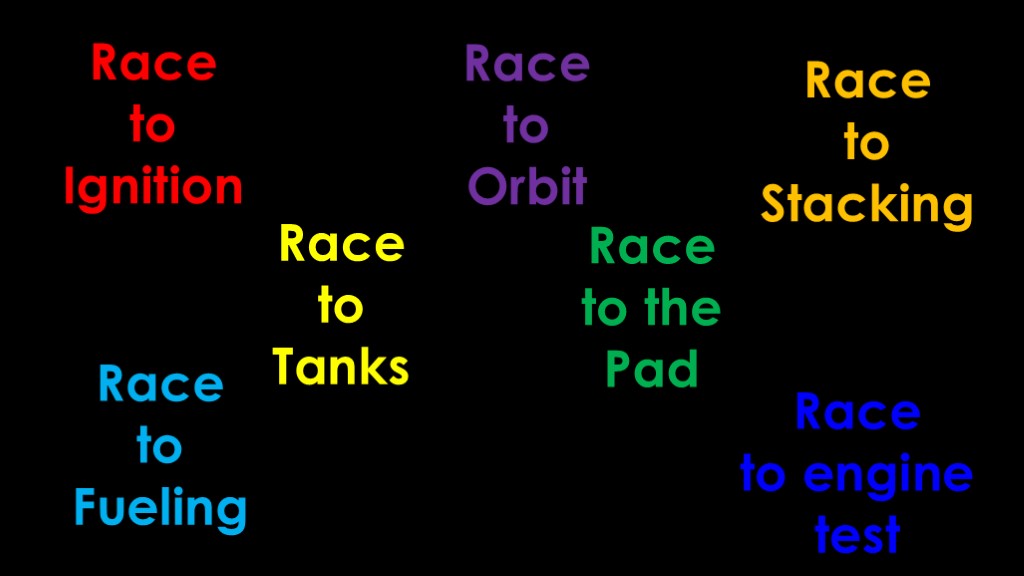
If you want to talk about arbitrary milestones, then there are a whole bunch of other races we should be tracking...
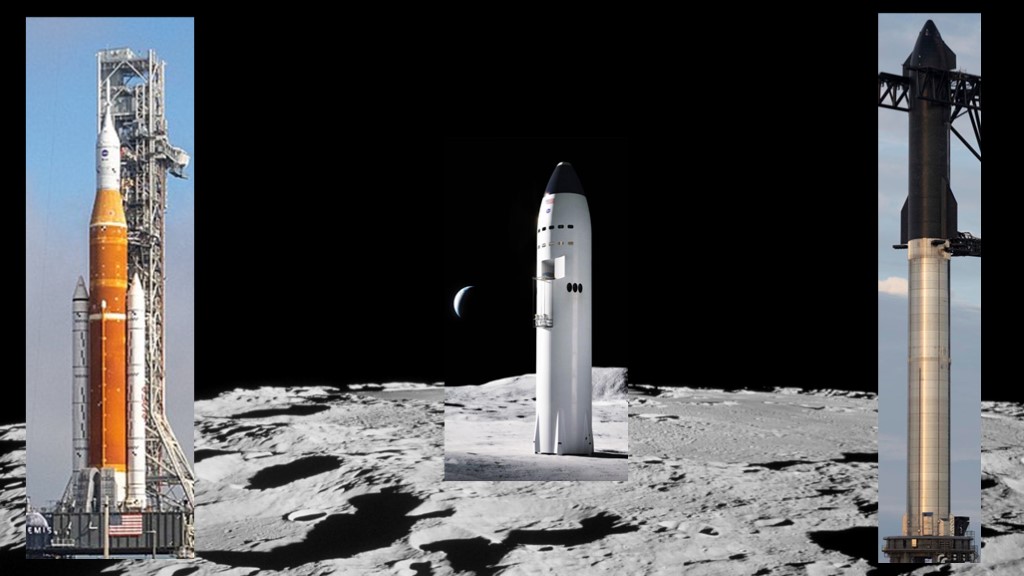
It's important to remember that the goal of Artemis is to land humans back on the moon with Artemis 3 - using SLS/Orion to get astronauts to the moon, and lunar Starship to get them to the surface of the moon and back.
So it's a little weird to talk about a race when there's a symbiotic relationship between the two entrants...
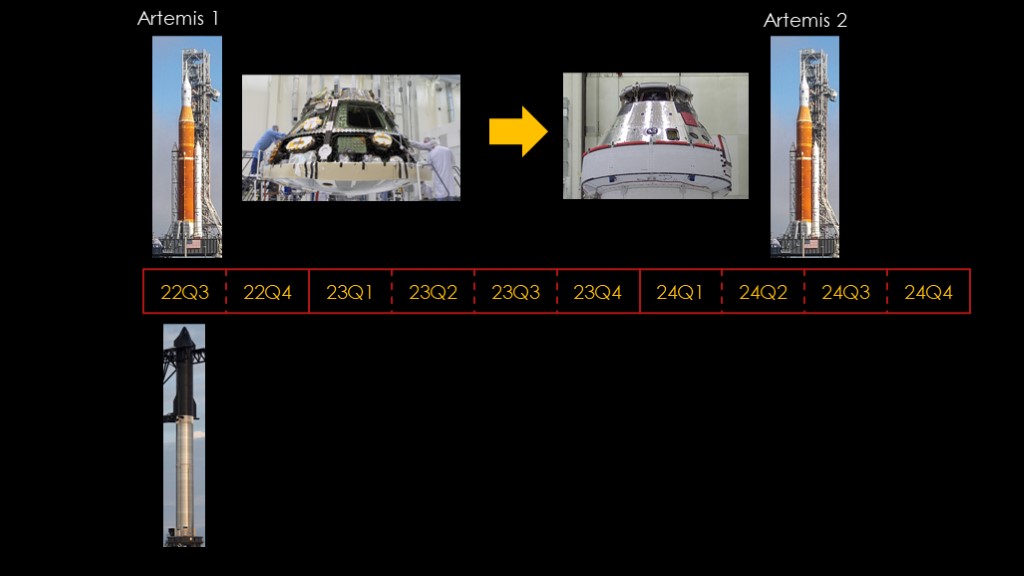
But let's assume none of that matters and there's a race that is meaningful.
Artemis 1 and Starship are getting ready to launch on their first missions, and those currently look like they are somewhat aligned. Let's assume that SpaceX gets FAA approval to launch and neither SLS nor Starship see significant delays, and that they both launch in the third quarter of this year.
What happens after that?
On the Artemis side, Lockheed Martin needs to take some of the parts out of the Artemis I Orion and move them to the Artemis 2 Orion. It's surprising that this is required for a capsule program that has cost $20 billion, but that's the plan.
What that means is that Artemis 2 is currently scheduled for May of 2024, or about 21 months after the first flight.
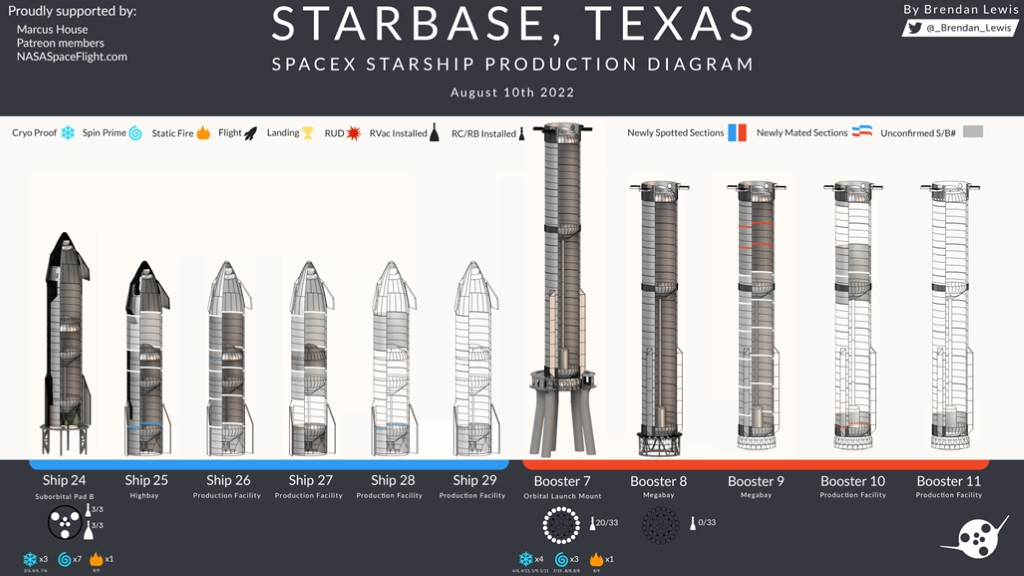
On the starship, side, it's always useful to refer the wonderful production diagram produced by Brendan Lewis.
Booster 7 and Ship 24 are currently undergoing pre-flight testing, but you can see that there are follow on versions working their way through the production line. It won't be long until booster 8 and ship 25 are ready to fly.
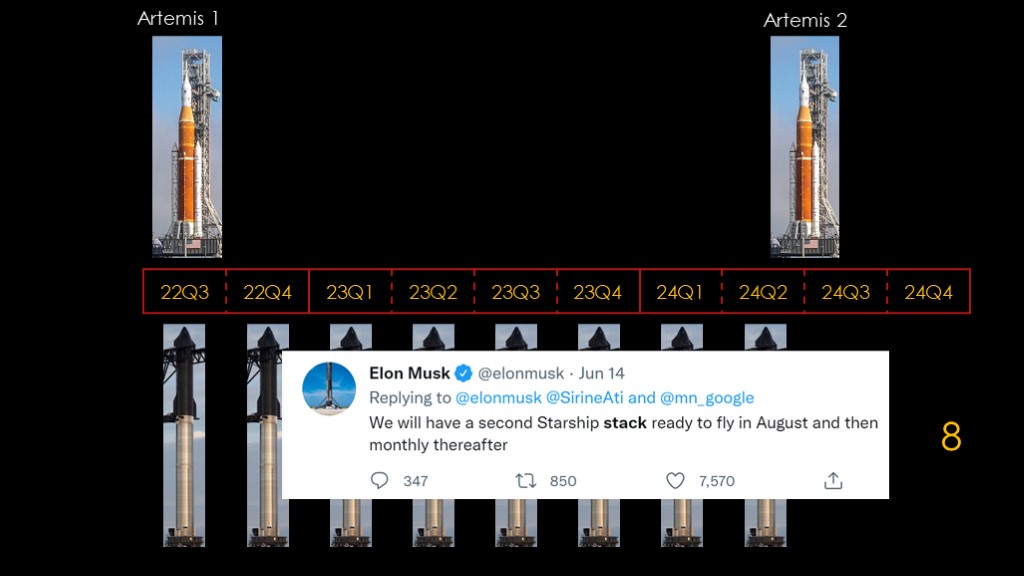
On the starship side, Musk has asserted that they will be producing a starship stack every month. Let's discount that to once every three months. If that is true, they will fly another 7 times before Artemis 2 launches, for a total of 8 launches.
That's a lot more flights than SLS, and it would seem that they are set up to produce that many easily.
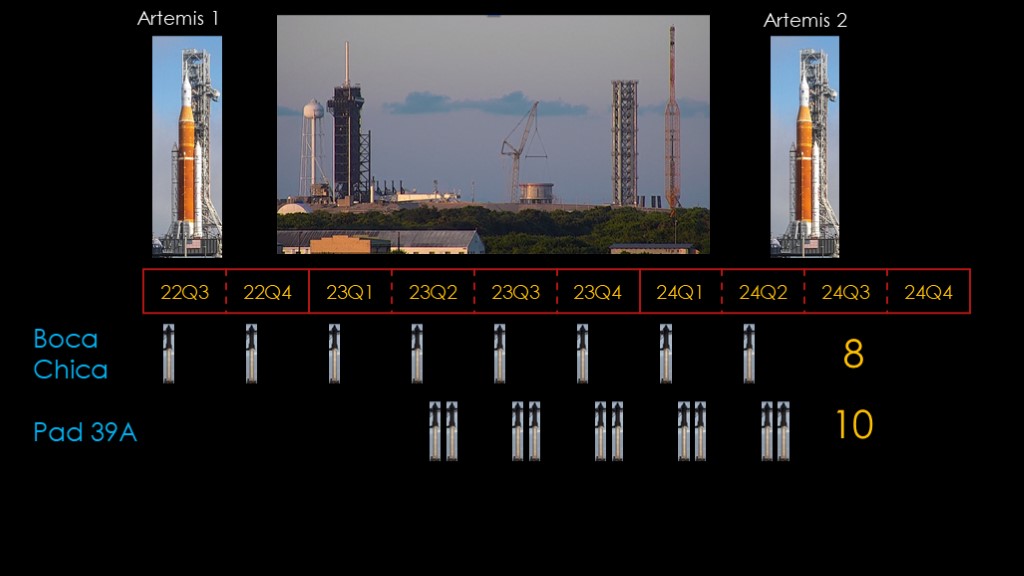
SpaceX is limited to 5 flights per year at Boca Chica under the current agreement, which might allow them to launch 10 in two years, but that's about all.
That's why SpaceX is working really hard on the starship pad at Kennedy Space Center in Florida. This picture show the Falcon 9 pad on the left - with the crew access tower for crew dragon flights - and the starship pad on the right, with the legs for the launch mount and 5 segments for the tower already assembled. It possible they can have that pad up and running next summer. If they have excess capacity to build rockets in Boca Chica, they can ship them to florida and launch them here. That could garner them two more launches per quarter or another 10 over the next 2 years, bringing the total to 18.
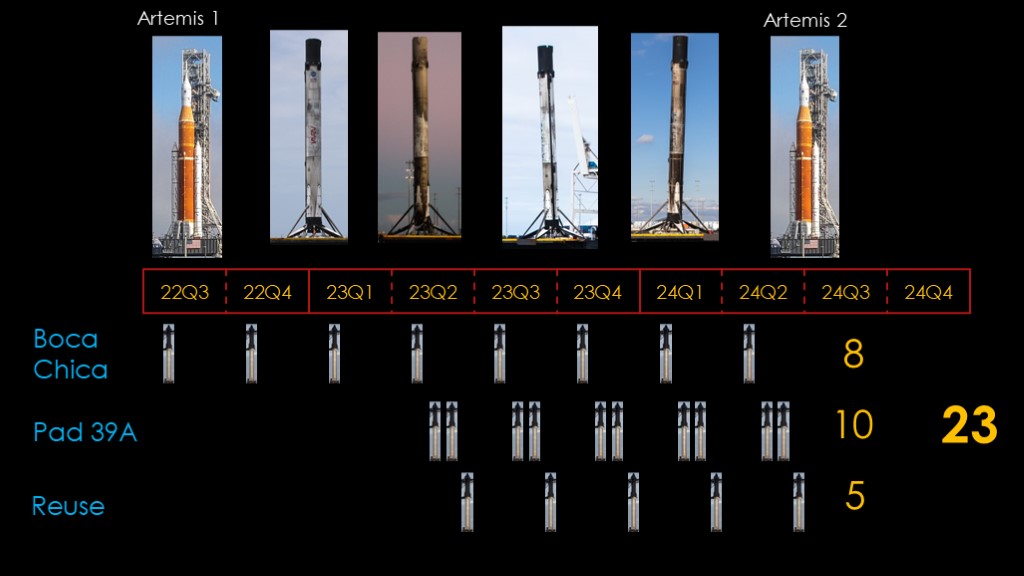
We know that SpaceX has successfully landed Falcon 9 first stages more than 125 times.
The super heavy booster used with starship is designed to be easier to recover than Falcon 9, and I'm expecting that sometime next summer they will begin reusing the boosters. That allows them to focus on building starships and could push the launch count up to 23, or pretty close to once a month for the next 2 years.
Which seems like a ton of launches, but SpaceX is on target for more than one launch per week for 2022, and this would be less than half that launch rate.
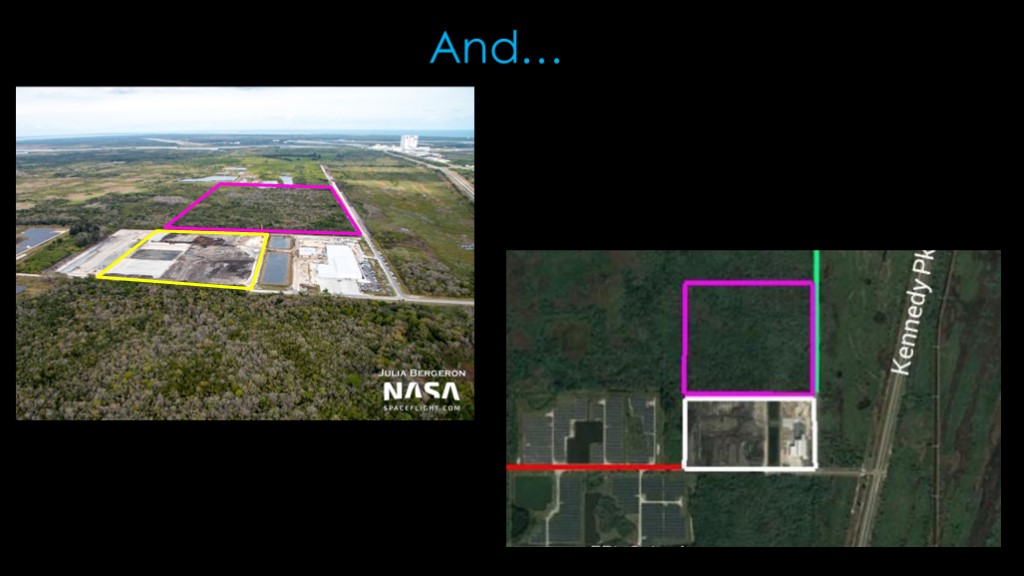
SpaceX is rapidly building a starship factory next to their Falcon 9 processing center at Kennedy Space Center in Florida, and they have begun the process to expand and more than double the amount of space they have.
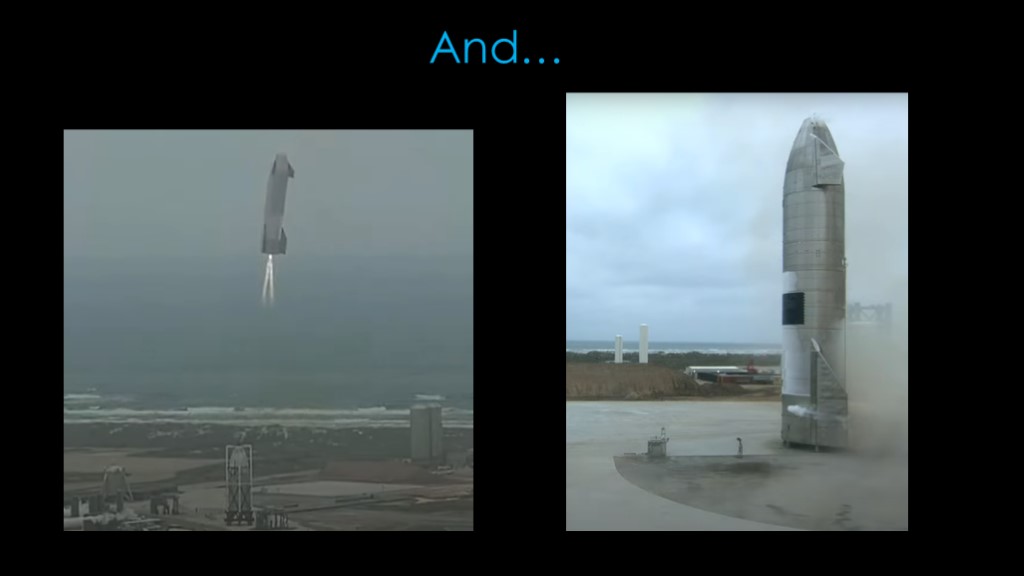
And none of this assumes that SpaceX is actually able to land and reuse starship.
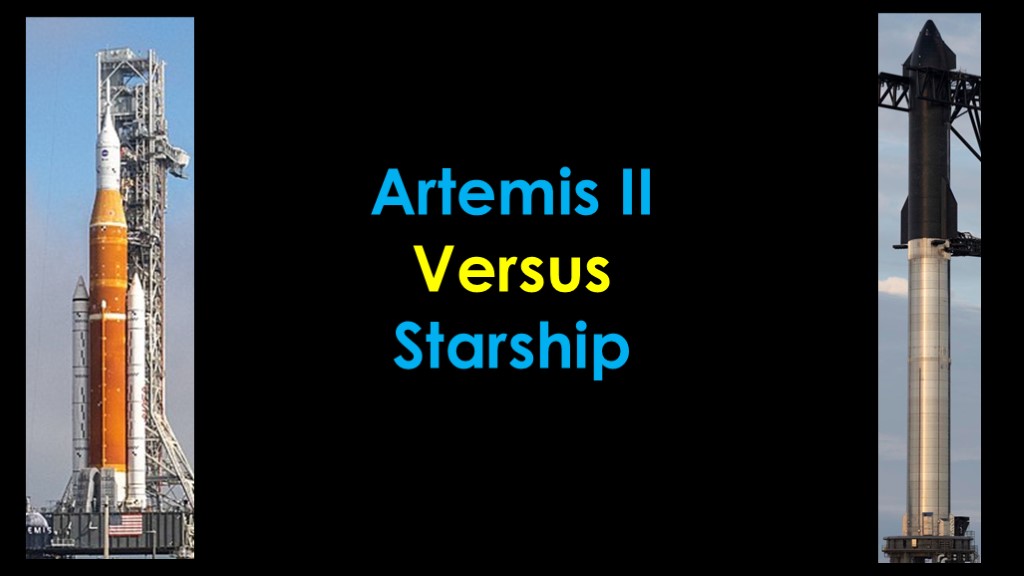
If SpaceX is successful - and they have a good chance of success - by the time we get to Artemis II, our discussions are going to be very different.
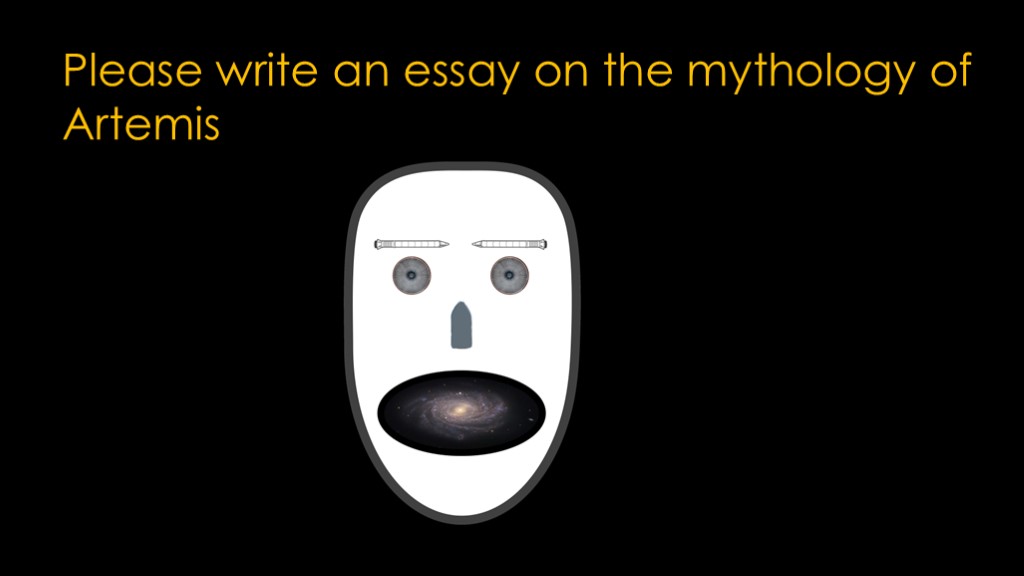
If you enjoyed this video, please write an essay on the mythology of artemis. Two pages, typed, double spaced.